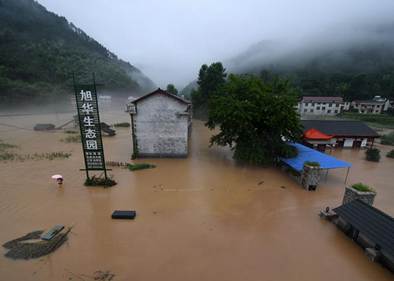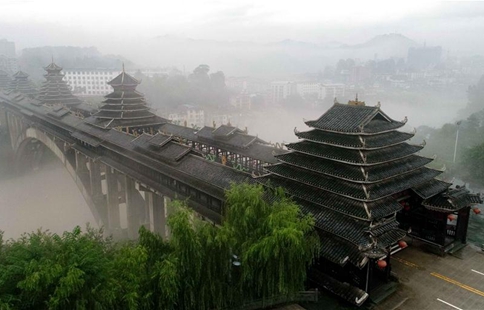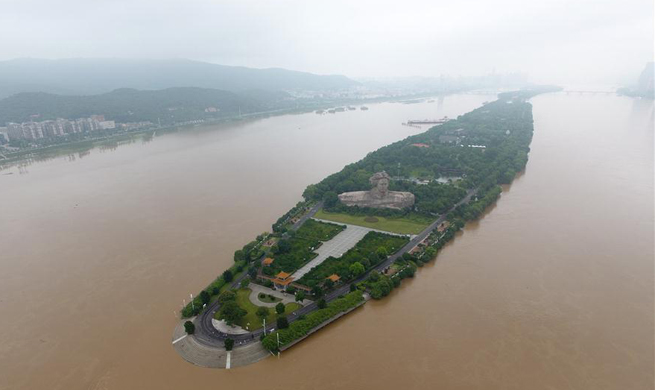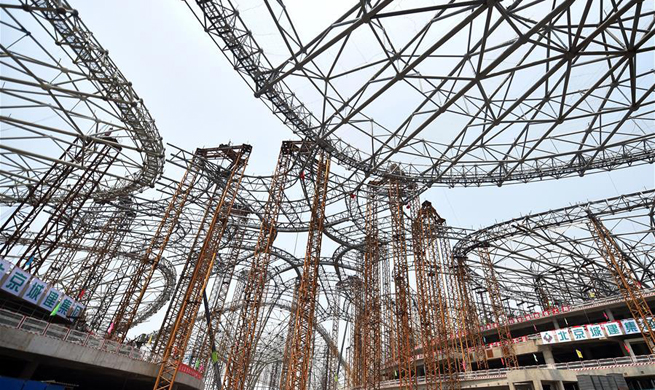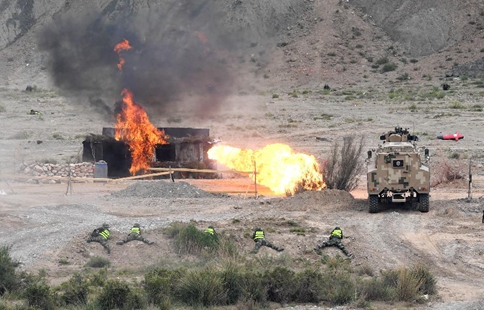SAN FRANCISCO, June 30 (Xinhua) -- New research published in the Journal of Geophysical Research: Solid Earth, finds large earthquakes can trigger underwater landslides far away, weeks or months after the quake occurs.
The study tied a series of underwater landslides on the Cascadia Subduction Zone, 80 to 161 kilometers, or 50 to 100 miles, off the U.S. Pacific Northwest coast, to a 2012 magnitude 8.6 earthquake in the Indian Ocean, more than 13,500 kilometers, or 8,390 miles, away. These underwater landslides occurred intermittently for nearly four months after the April earthquake.
Previous research has shown earthquakes can trigger additional earthquakes on other faults across the globe, but the new study shows earthquakes can also initiate submarine landslides far away from the quake.
"But what our paper said is, 'No, you can generate them from earthquakes anywhere on the globe,'" Paul Johnson, an oceanographer at the University of Washington (UW) and lead author of the study, was quoted as saying in a news release this week.
The submarine landslides observed in the study are smaller and more localized than widespread landslides generated by a great earthquake directly on the Cascadia margin itself, but these underwater landslides generated by distant earthquakes may still be capable of generating local tsunamis and damaging underwater communications cables, according to the study authors.
Researchers had placed ocean bottom seismometers off the Washington-Oregon coast to detect tiny earthquakes, and to measure ocean temperature and pressure at the same locations. When Johnson found out about the seismometers at a scientific meeting, he decided to analyze the data the instruments had collected to see if he could detect evidence of thermal processes affecting seafloor temperatures, such as methane hydrate formation.
Johnson and his colleagues combined the seafloor temperature data with pressure and seismometer data and video stills of sediment-covered instruments from 2011-2015. Small variations in temperature occurred for several months, followed by large spikes in temperature over a period of two to 10 days. They concluded these changes in temperature could only be signs of multiple underwater landslides that shed sediments into the water.
These landslides caused warm, shallow water to become denser and flow downhill along the Cascadia margin following the 8.6 magnitude Indian Ocean earthquake on April 11, 2012, causing the temperature spikes.
The Cascadia margin runs for more than 1,100 kilometers, or 684 miles, off the Pacific Northwest coastline from north to south, encompassing the area above the underlying subduction zone, where one tectonic plate slides beneath another. Steep underwater slopes hundreds of feet high line the margin. Sediment accumulates on top of these steep slopes.
When the seismic waves from the Indian Ocean earthquake reached these steep underwater slopes, they jostled the thick sediments piled on top of the slopes. This shaking caused areas of sediment to break off and slide down the slope, creating a cascade of landslides all along the slope.
The sediment did not fall all at once so the landslides occurred for up to four months after the earthquake, according to the authors, who believe that the new finding could have implications for tsunamis in the region and may complicate estimations of earthquake risk.





